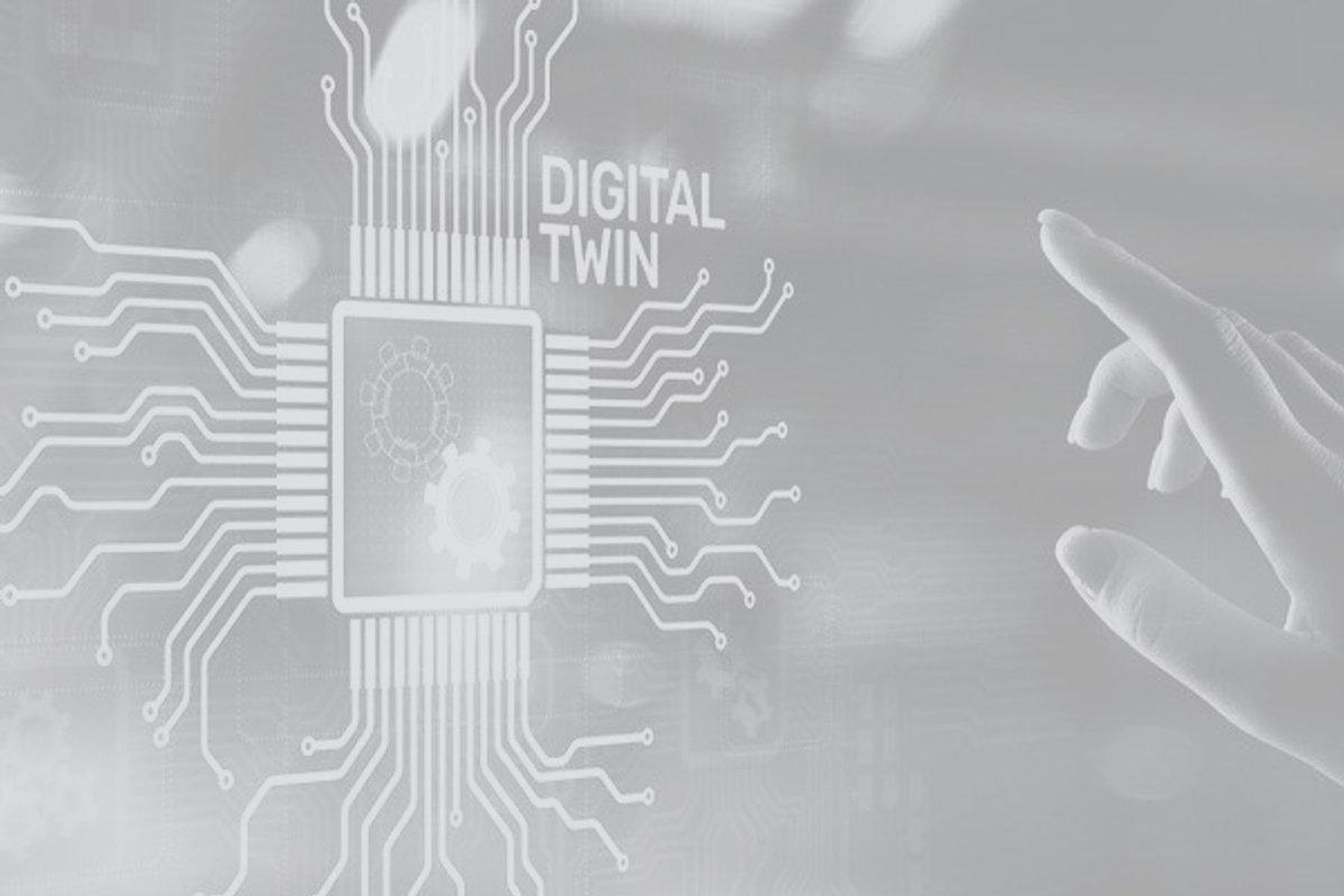So, how can you mitigate risks rather than put out fires; adopt a proactive rather than a reactive approach; get a grip on those bottlenecks; and know exactly how changes will affect the chain?
Prevention is better than the cure
If you want to make the right decisions, consider digital twins. They provide insight into how changes affect the rest of the chain. Real-time data allows you to anticipate and avoid problems rather than solve them. Better insights also help you reduce maintenance costs, among other things.
And it doesn't stop there. In addition to getting a better grasp on processes, companies can use digital twins to adapt and optimize. Many organizations have accumulated lots of data, but find it difficult to extract all useful information from it. They struggle to combine and share data.
Digital companies, on the other hand, can connect physical and digital functionalities using digital twins. Let's have a look at some examples.
Digital twins in practice: 3 examples
The Dutch Department of Waterways and Public Works created Twin-16, a digital twin of the new freeway between the A16 and the A13 near Rotterdam. By simulating potential incidents, Twin-16 helps avoid unnecessary errors. Additionally, it is used to assess the effectiveness of safety scenarios.
Unilever uses digital twins to increase the efficiency and flexibility of production through Artificial Intelligence and machine learning. Their efforts have borne fruit: enhanced productivity and lower energy costs have saved millions.
In 2019, the Port of Rotterdam sent 'Container 42' on a trip across the globe. This one-of-a-kind container registers everything — from its position and vibration to weather conditions. Ultimately, this data will help create insights into transportation and logistics challenges. It will also contribute to the development of a digital twin of the Port of Rotterdam.
Reaping the benefits
In summary, digital twins can result in considerable profit. They put companies in charge of complex processes and systems, allowing them to identify risks, avoid errors, and save costs.
So, how about you? How can you use digital twinning to make sure your company is winning?

